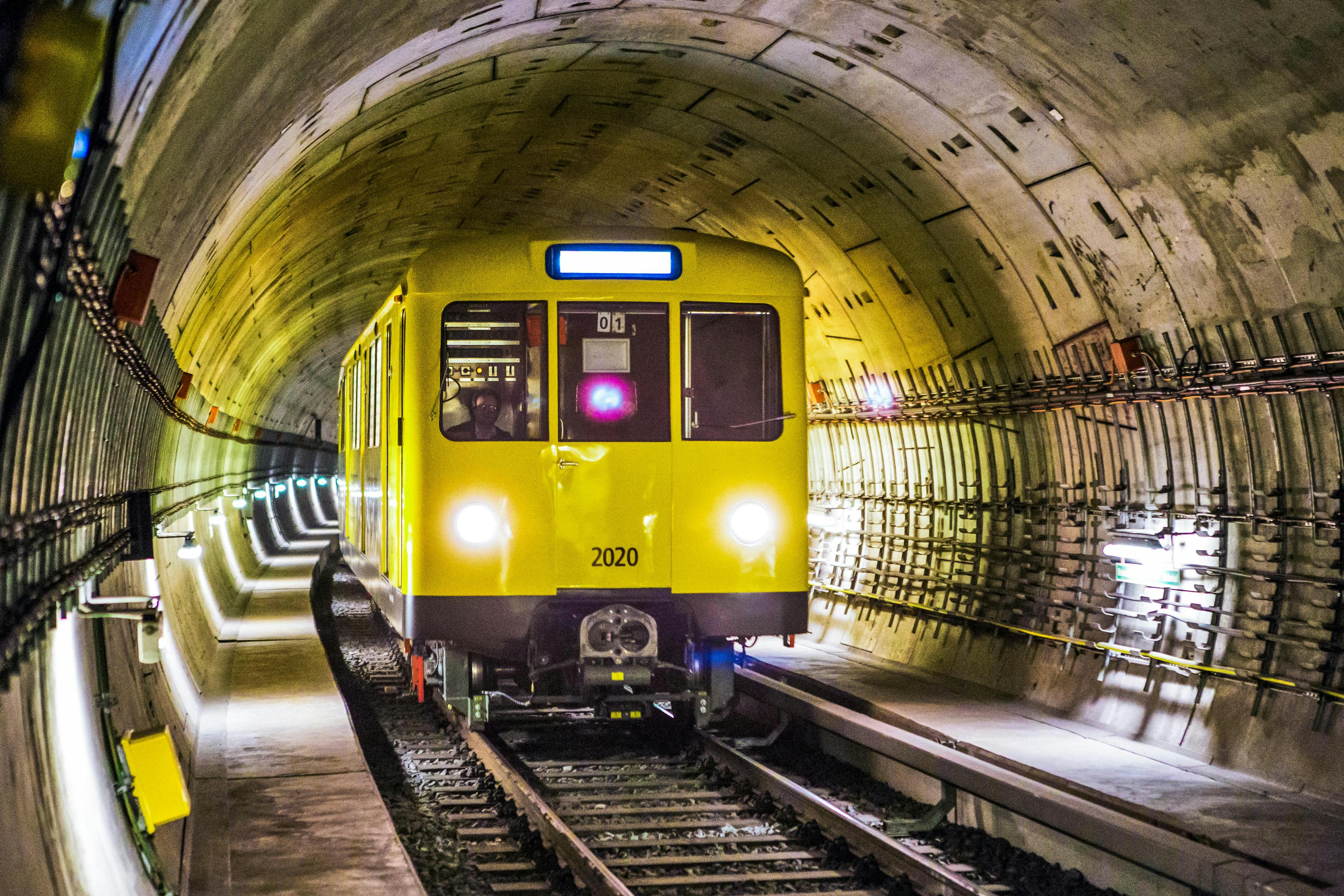
Gurugram is entering a fresh capex cycle with mass-transit, arterial road, drainage, and utilities upgrades all moving at once. For real-estate investors, this matters because connectivity and civic capacity expansions tend to compress commute times, raise rental willingness-to-pay, and re-rate micro-markets (especially those nearest to new stations and junctions).
Below is a data-backed tour of the most important upcoming projects, what’s already under construction, expected timelines, budgets where disclosed, and how each project could impact property demand, yields, and liquidity. Charts are included to help you compare timelines and capex at a glance.

What’s happening now. After an eight-year gap, work has begun on Gurugram’s new metro corridor. Phase-1 civil work (Millennium City Centre ↔ Basai, ~15.3 km) was flagged off this week by Union Minister Manohar Lal Khattar and CM Nayab Singh Saini. Authorities have quoted a 30-month completion window for this starter leg, with integration to a 1.8 km spur for Dwarka Expressway and depot connectivity at Sector 33. The entire ~28.5–30.5 km, 27-station alignment (Old ↔ New Gurugram with Cyber City and a spur to Dwarka Expressway) carries an indicative ₹5,500 crore investment and a four-year delivery target.
Why investors should care. Metro stations typically raise achievable rents and reduce vacancy within ~1–2 km radii, especially for 2–3BHK formats and Grade-A rentals targeting corporate tenants. The planned stations span Subhash Chowk, Hero Honda Chowk, Udyog Vihar, Palam Vihar, the railway station and more, essentially threading together the city’s highest employment density with older residential catchments that under-indexed on rapid transit access.
What to watch.
Investor play: Target walkable-to-station assets on SPR/GCER, Old Gurgaon spine, Palam Vihar/Udyog Vihar belts, and Dwarka Expressway spur sectors for rent resilience and long-run appreciation once the line opens.
Status. The Delhi section’s shallow tunnel and airport underpasses entered trial runs on May 29, 2025 (12:00–15:00 daily), linking the expressway to IGI Airport and NH-48. This is the final urban piece before full commissioning of Delhi’s stretch. The Gurugram stretch has been open since March 2024; once Delhi’s section is fully live, commuters get a third high-speed Delhi–Gurgaon axis beyond NH-48 and Mehrauli-Gurgaon Road.
Why it matters. West-facing Gurugram sectors (102–113, 37D, 88A/B) and New Gurgaon get shorter airport/Delhi commutes, which historically correlates with higher absorption of ready-to-move stock and faster resale cycles.
Bonus relief (tolls). Kherki Daula toll is planned to shift to Pachgaon by early 2026 (FASTag/ANPR-enabled, 12 lanes), easing costs and peak bottlenecks as Dwarka E-way ramps up use.
Get in touch with our team for personalized assistance and expert advice on your real estate needs.
Contact Us